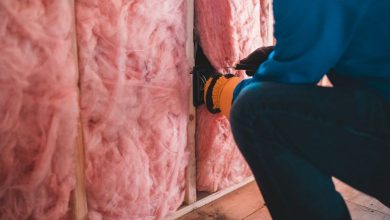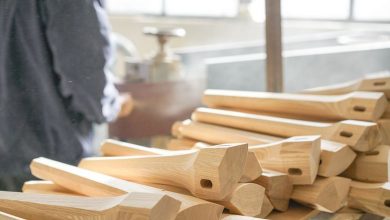How to Build a Strong and Durable Patio?

A patio is a wonderful addition to any outdoor space, providing a place to relax, entertain, and enjoy the beauty of nature. However, building a patio requires careful planning and execution to ensure that it is strong and durable enough to withstand the test of time. In this article, we will discuss the key factors to consider when building a patio to ensure its longevity and durability.
Choosing the Right Location
The first step in building a strong and durable patio is to choose the right location. Consider factors such as sun exposure, drainage, and proximity to other structures. Ideally, the patio should be located in an area that receives a good amount of sunlight throughout the day, as this will help to keep it dry and prevent the growth of mold and mildew.
Preparing the Ground
Once you have chosen the location for your patio, the next step is to prepare the ground. This involves removing any existing vegetation, weeds, and debris. It is also important to level the ground to ensure that the patio is even and stable. Use a shovel or a rake to remove any uneven areas and make sure the ground is compacted well.
Choosing the Right Materials
Selecting the right materials for your patio is crucial to its strength and durability. There are several options available, including concrete, stone, brick, and pavers. Each material has its own advantages and disadvantages, so it is important to choose one that suits your budget, aesthetic preferences, and maintenance requirements.
Concrete is a popular choice for patios due to its affordability and versatility. It can be poured into any shape and can be customized with various finishes, such as stamped or stained concrete. Stone and brick are also durable options that add a natural and timeless appeal to your patio. Pavers, on the other hand, offer a wide range of design options and are relatively easy to install.
Proper Drainage
Proper drainage is crucial for maintaining the strength and durability of your patio. Without adequate drainage, water can accumulate on the surface, causing damage and deterioration over time. To ensure proper drainage, the patio should be sloped away from the house at a rate of 1/8 inch per foot. This will allow water to flow away from the patio and prevent pooling.
Reinforcement and Base
To ensure the strength and durability of your patio, it is important to reinforce it properly. This can be done by adding steel reinforcement bars, also known as rebar, to the concrete or mortar. The rebar helps to add strength and prevent cracking.
In addition to reinforcement, a solid base is essential for a strong and durable patio. This typically involves excavating the area and adding a layer of compacted gravel or crushed stone. The base provides stability and helps to prevent settling and shifting.
Sealing and Maintenance
After the patio is built, it is important to seal it to protect it from the elements. A good quality sealer can help to prevent water penetration, stains, and damage from UV rays. Regular maintenance, such as sweeping, cleaning, and resealing, will also help to prolong the life of your patio and keep it looking its best.
In conclusion, building a strong and durable patio requires careful planning, proper preparation, and the use of high-quality materials. By choosing the right location, preparing the ground, selecting the appropriate materials, ensuring proper drainage, reinforcing the structure, and sealing it properly, you can enjoy a patio that will stand the test of time and provide years of enjoyment. So, take the time to plan and construct your patio with care, and you will be rewarded with a beautiful and long-lasting outdoor space.




